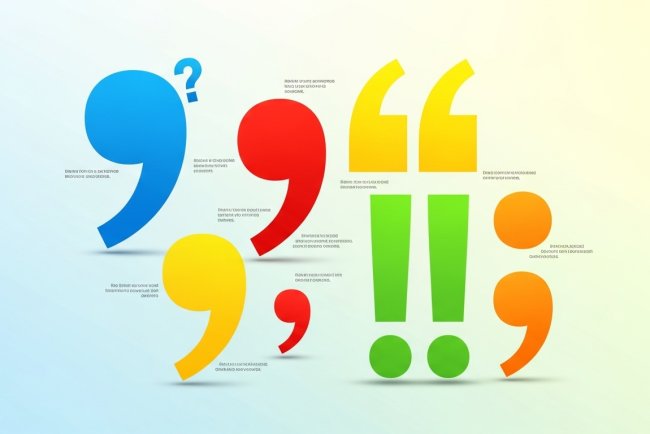Mastering Quotation Marks: A Complete Guide for Writers
Learn how to use quotation marks correctly in English writing. This detailed guide covers definitions, rules, examples, and common mistakes to avoid.

Quotation marks are one of the most useful punctuation marks in English, but they are often misunderstood or misused. Whether you are writing essays, stories, or professional emails, knowing how to properly use quotation marks will make your writing clearer and more effective. In this guide, we will explore what quotation marks are, when to use them, and common mistakes to avoid.
What Are Quotation Marks?
Quotation marks (“ ”) are punctuation marks used to indicate direct speech, quotations from other sources, or to highlight certain words and titles. They serve as visual cues that tell readers when someone is speaking or when a specific phrase is being referenced.
Uses of Quotation Marks
1. Direct Speech
Quotation marks are most commonly used to enclose the exact words spoken by someone.
Example:
Maria said, “I will meet you at the library.”
Notice that the quotation marks open right before Maria’s spoken words and close immediately after.
2. Quoting Text from a Source
When you use another author’s exact words, you must place them inside quotation marks.
Example:
According to Nelson Mandela, “Education is the most powerful weapon which you can use to change the world.”
This signals to the reader that the words are not yours but taken directly from another source.
3. Titles of Short Works
Use quotation marks around the titles of short works such as poems, short stories, articles, and songs.
Example:
I enjoyed reading the short story “The Lottery” by Shirley Jackson.
4. Highlighting a Specific Word or Phrase
Quotation marks can emphasize a word or phrase when it is being discussed rather than used in a normal sentence.
Example:
The word “literally” is often misused in everyday conversation.
Rules for Punctuation with Quotation Marks
Quotation marks interact with other punctuation in specific ways, and these rules differ slightly between American and British English.
1. Placement of Periods and Commas
-
In American English, periods and commas go inside quotation marks.
Example: She said, “Let’s go to the park.” -
In British English, they usually go outside unless they are part of the original quote.
Example: She said, “Let’s go to the park”.
2. Placement of Question Marks and Exclamation Points
-
If the punctuation belongs to the quoted material, it stays inside.
Example: She asked, “Are you coming with us?” -
If the punctuation belongs to the whole sentence, it stays outside.
Example: Did she say, “I will join you”?
Single vs. Double Quotation Marks
-
American English generally uses double quotation marks (“ ”) for direct quotes and single quotation marks (‘ ’) for quotes within quotes.
Example: Sarah said, “I heard him shout, ‘Stop!’ before he left.” -
British English often does the reverse, using single quotation marks for the main quote and double quotation marks inside.
Example: Sarah said, ‘I heard him shout, “Stop!” before he left.’
Common Mistakes with Quotation Marks
-
Using quotation marks for emphasis
Incorrect: This cake is “delicious.”
Correct: This cake is delicious.
(Use italics for emphasis instead of quotation marks.) -
Forgetting to close quotation marks
Incorrect: He said, “I cannot believe this.
Correct: He said, “I cannot believe this.” -
Placing punctuation in the wrong position
Incorrect: “Let’s go”, she said.
Correct: “Let’s go,” she said.
Why Mastering Quotation Marks Matters
Quotation marks may seem small, but they have a huge impact on clarity. They help separate your words from the words of others, make dialogue easy to follow, and show respect for sources when quoting. Misusing them can confuse readers and make your writing appear less professional.
Test Your Knowledge
Now that you have learned the rules and examples of quotation marks, it’s time to put your knowledge into practice. Quizzes and exercises are a great way to reinforce what you have learned.
What's Your Reaction?


















